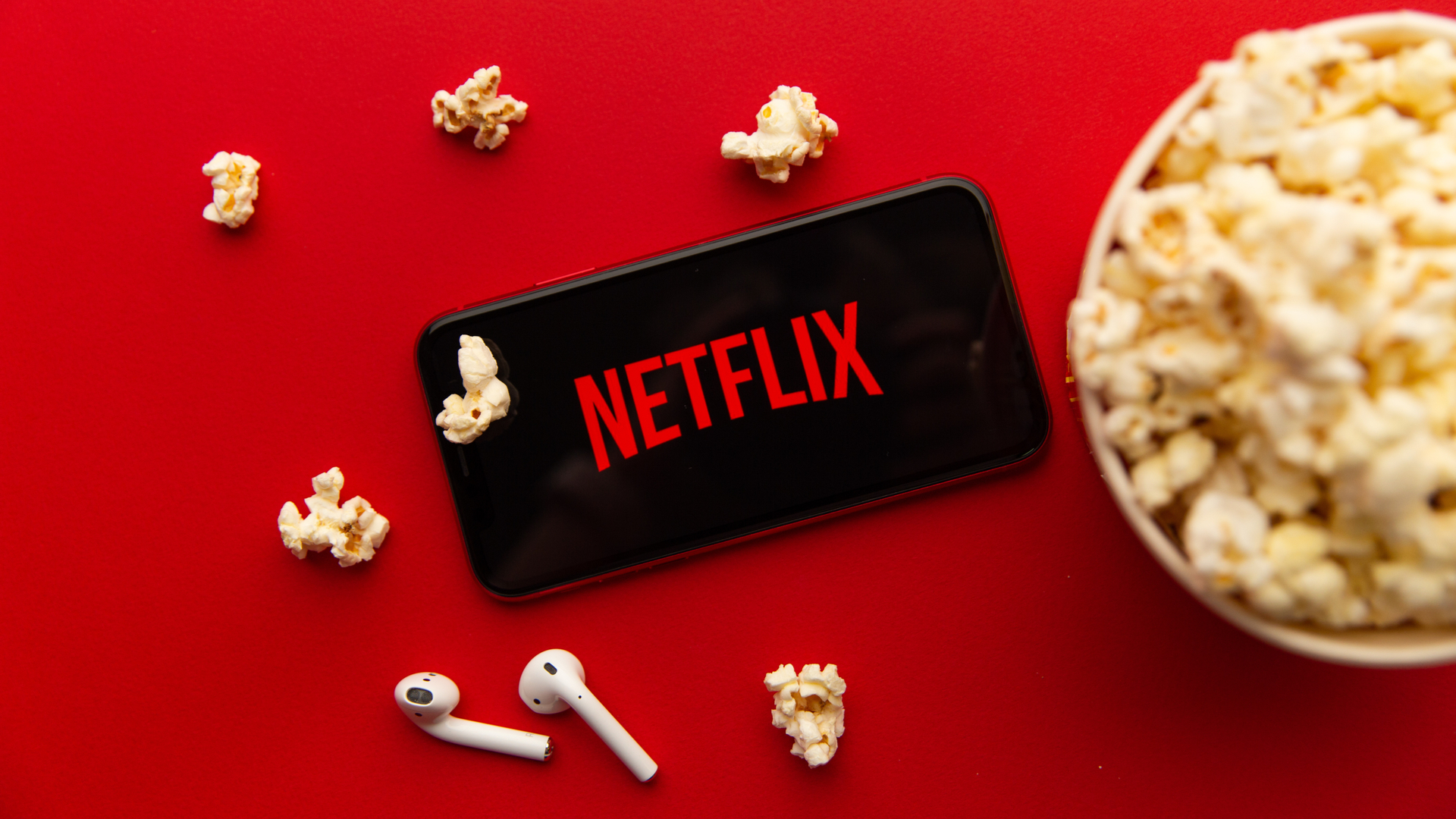Is Netflix's lower subscription rates idea working in India? Its CEO is ambiguous
To say 'uptick in user engagement' is vague

Content streaming platform Netflix, which reduced its subscription prices in India late last year with much fanfare, may have expected the move to bring in good numbers to its kitty. But in the words of its COO Greg Peters the subscribers in India are largely behaving similar to the subscribers they have added over the last 12 months. "So not a fundamental difference. And really, this was a bet in terms of long-term revenue maximisation, which is sort of how we think about the top level, the valuatory model we have for these things," he told an earnings call with analysts yesterday.
Netflix announced last year that its mobile-only plan was available at Rs 149 per month, and entry-level plan at Rs 199 per month in India.
"The product fit incorporates subscription prices as well as willingness and ability to pay. So we have seen a nice uptick in engagement in India. We are definitely taking it in the right direction," Netflix co-CEO Ted Sarandos said.
Indian numbers don't seem sizable
But what does this 'uptick in engagement' mean in actually? It seems nothing more than corporate gobbledygook for "the numbers don't seem anything great, but we are hopeful".
The Asia Pacific (APAC) region, which includes India, is said to have added 1.09 million paid members in the region. This was however a decline from 2.58 million member additions in the previous quarter and 1.36 million additions in the corresponding quarter last year.
Netflix does not provide a country-wise breakup of its member base. Prior to the price drop, analysts said company's subscriber base in India was at 5.5 million. And post the price drop last year, there does not seem to be any sizable rise in its paid membership.
Overall, across the globe, Netflix said it lost 200,000 subscribers during the first quarter of 2022, the first time it has witnessed a subscriber drop since 2011. The company also projected that it will lose another 2 million subscribers in the current ongoing second quarter.
Get daily insight, inspiration and deals in your inbox
Sign up for breaking news, reviews, opinion, top tech deals, and more.
"Our relatively high household penetration - when including the large number of households sharing accounts - combined with competition, is creating revenue growth headwinds" the company said. So, Netflix now wants to monetize sharing, and it wants to do it soon.
Squid Game-like content needed from India

To be sure, in India Netflix commands 29% of the subscription video market by revenue, with Disney+ Hotstar taking 25% and Amazon holding 22%. The thing is the figures don’t include AVOD (advertising-based video on demand) where Disney+ Hotstar makes much of its money in India.
Netflix revenue in SVOD market is directly related to its higher subscription rates. But the same precludes it from gaining subscribers, which is where the action is now. And now even after price cut, Netflix's numbers have not increased to justify the same. So, in a sense, the streaming platform is caught in a financial cleft stick.
But the best way for a streaming platform to grow is through the content. While Netflix is investing enormously in its original Indian slate of content, the fact is many of its originals have unfortunately not clicked with the public. We don't want to rub it in by naming names, but some of its recent original content were decidedly poor choices. Netflix needs a series like Squid Game, which gets to be talked out of its country of creation, from India to hit pay dirt here.
Another charge levelled at Netflix's doors is that it though it promotes its original series and films, it doesn't seem willing to stretch itself when it comes to hard-selling outside films.
Netflix also does not have sports streaming to fall back on like Amazon Prime Video, Disney+ Hotstar and SonyLIV do. All in all, these are desperate times for the streaming platform. And such situations need desperate responses.

Over three decades as a journalist covering current affairs, politics, sports and now technology. Former Editor of News Today, writer of humour columns across publications and a hardcore cricket and cinema enthusiast. He writes about technology trends and suggest movies and shows to watch on OTT platforms.